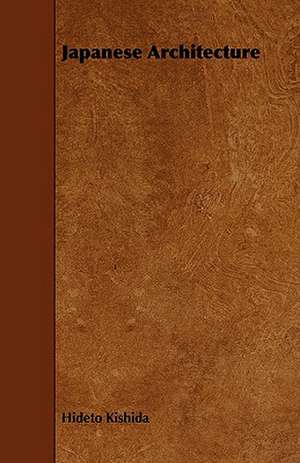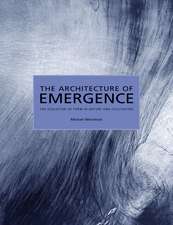Japanese Architecture
Autor Hideto Kishidaen Limba Engleză Paperback – 26 oct 2008
Preț: 202.64 lei
Nou
Puncte Express: 304
Preț estimativ în valută:
38.78€ • 40.34$ • 32.02£
38.78€ • 40.34$ • 32.02£
Carte tipărită la comandă
Livrare economică 14-28 aprilie
Preluare comenzi: 021 569.72.76
Specificații
ISBN-13: 9781443772815
ISBN-10: 144377281X
Pagini: 136
Dimensiuni: 143 x 217 x 10 mm
Greutate: 0.19 kg
Editura: Roche Press
ISBN-10: 144377281X
Pagini: 136
Dimensiuni: 143 x 217 x 10 mm
Greutate: 0.19 kg
Editura: Roche Press











